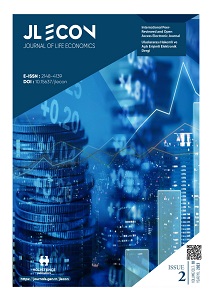Klasik dönemde Devlet-i Aliyye maliyesinin gelirleri
Revenues of the Ottoman State in its classical era
Author(s): Kutlu DâneSubject(s): Economic history, The Ottoman Empire, Public Finances, Fiscal Politics / Budgeting
Published by: Rating Academy
Keywords: Ottoman Empire; Public Finance; State Revenues; Tax Farming; Muqataa; Extraordinary Taxes; Jizya;
Summary/Abstract: Devlet-i Aliyye-i Osmaniyye, aka the Ottoman Empire, had a special place among all the states founded in the Southeast Asia, in terms of geographic scope and longevity. It inherited some of the the means that it used in acquiring the economic surplus of what it called memâlik-i mahrûse, the lands within its borders, but it also make some contributions to this fiscal tradition, like the esham applications in the following periods The classical era of the empire (1300-1600 AD), is the most appropriate time interval for those who wish to take a picture of its fiscal structure which transformed to a considerable extent following this era. Our study aims to contribute to this portrayal by focusing on the revenues of Devlet-i Aliyye, the most important components of its public finances.
Journal: Journal of Life Economics
- Issue Year: 10/2023
- Issue No: 2
- Page Range: 75-99
- Page Count: 25
- Language: Turkish

